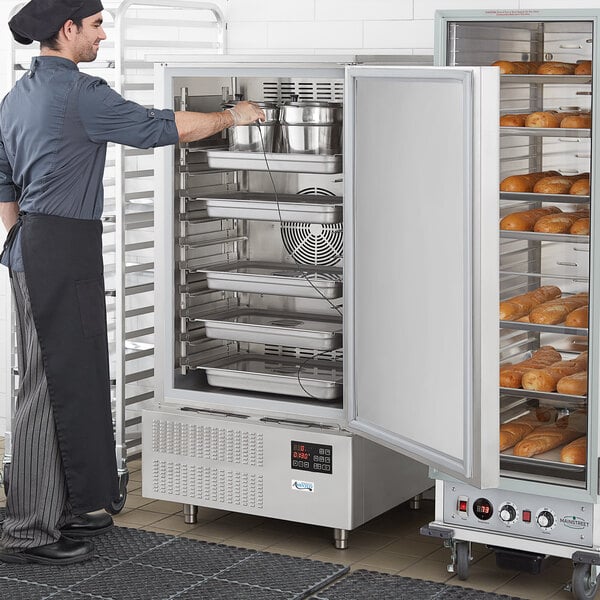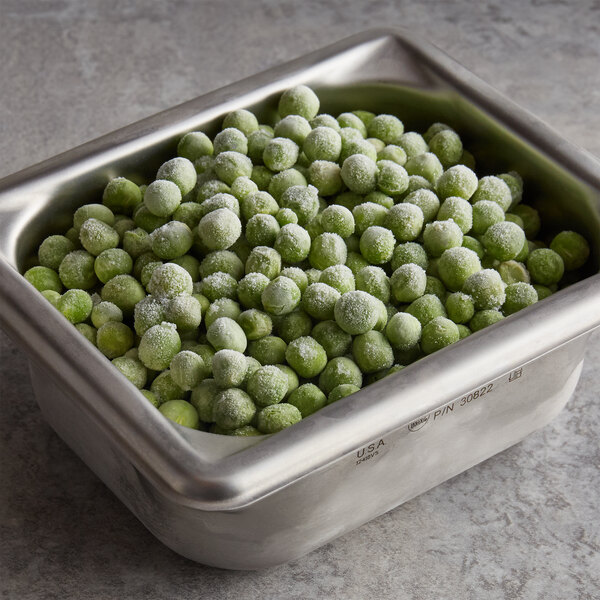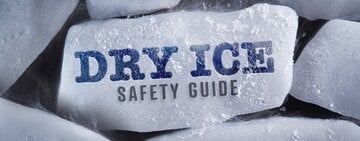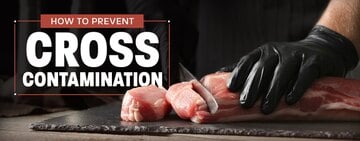A Guide to Blast Chillers
Last updated on Sep 4, 2024Michale LeRoyCommercial blast chillers are a game-changer for foodservice operators looking to streamline their operations and ensure food safety. These powerful machines are designed to rapidly lower the temperature of hot foods, such as cooked dishes or baked goods, to a safe level for storage. Cooling foods properly before placing them in refrigeration is an important part of any food safety program, especially for operations that prepare large batches of food in advance and store them for future use. A blast chiller cuts down on cooling time so you can prioritize other tasks. Keep reading to learn more about these helpful machines and how they work.
Shop All Blast ChillersWhat Is a Blast Chiller?

A commercial blast chiller is a powerful piece of equipment designed to rapidly chill or freeze food items. It operates by circulating cold air over the food, quickly bringing down its temperature to a safe level. This rapid cooling process helps prevent bacterial growth, preserving the quality and freshness of your food. A blast chiller looks like a holding cabinet and contains shelves where food pans and sheet pans can be stored. Blast chillers are commonly used in restaurants, bakeries, and other foodservice establishments to cool down hot foods, such as soups, sauces, and cooked meats, in a fraction of the time it would take with traditional methods.
Avoiding the Temperature Danger Zone
When chilling hot food, you should always be aware of the temperature danger zone. Food at this temperature range (41 to 135 degrees Fahrenheit) is prone to rapid bacteria growth which can cause foodborne illness. This is where a blast chiller comes in. A blast chiller brings food through the danger zone as quickly as possible, avoiding the potential for bacteria growth when you are cooling hot foods.
How Does a Blast Chiller Work?
It may seem like magic the way a blast chiller can instantly cool foods, but it mainly comes down to a high-powered refrigeration system that is designed to quickly lower temperatures. The process starts when you place hot food items inside the blast chiller, where powerful fans circulate cold air around the product.
This rapid circulation of cold air helps to remove heat from the food quickly. The evaporator coil is responsible for absorbing heat from the air inside the chiller. As the hot air from the food passes over the coil, the refrigerant inside the coil evaporates, absorbing heat in the process. This allows the air temperature inside the chiller to drop rapidly, bringing the temperature of the food down with it.
To ensure efficient cooling, commercial blast chillers are equipped with advanced controls that monitor the temperature inside the unit and adjust the cooling settings as needed. This precision control allows operators to chill food to specific temperatures quickly and safely, preserving both the quality and safety of the product.
How Cold Is a Blast Chiller?
Blast chillers are designed to quickly chill food from high cooking temperatures to below 41 degrees Fahrenheit (5 degrees Celsius) in a short amount of time. This rapid cooling process helps prevent bacterial growth and maintains the quality of the food. Some models can even chill food down to as low as -40 degrees Fahrenheit (-40 degrees Celsius) in a matter of minutes, ensuring that your dishes are safely stored and ready for later use. The ability of blast chillers to reach such low temperatures efficiently is what sets them apart from traditional refrigeration methods. By rapidly cooling food, blast chillers help businesses comply with food safety regulations, reduce food waste, and streamline kitchen operations.
How Long Does a Blast Chiller Take to Chill Food?
Typically, a blast chiller can chill food from 160 degrees Fahrenheit to 37 degrees Fahrenheit in about 90 minutes. This quick cooling process helps maintain the freshness and flavor of your food, ensuring that it stays safe for consumption. The exact chilling time can vary based on factors such as the size and density of the food, as well as the model and capacity of the blast chiller. Some models offer even faster chilling times, making them ideal for busy commercial kitchens where efficiency is key.
Blast Chiller Applications

Rapidly cooling foods is extremely useful for food safety, and it also comes in handy for a variety of cooking applications.
- Flash Freezing: Flash freezing is widely used to extend the shelf life of perishable items such as meats, seafood, fruits, and vegetables. By quickly freezing these items, the food's cellular structure is maintained which helps to lock in the natural flavors, nutrients, and textures of the food.
- Batch Cooking: Blast chillers are perfect for batch cooking or preparing large quantities of food in advance. By quickly chilling down large batches of food, you can streamline your production process and have ready-to-serve meals on hand. This is essential for healthcare kitchens, school cafeterias, and catering businesses.
- Baking and Pastry: Blast chillers are also useful in baking and pastry applications. After baking delicate pastries or desserts, quickly chilling them helps to set toppings, frostings, and fillings, resulting in a professional finish.
- Chocolate Candy Making: The art of chocolate candy making involves the heating and cooling of chocolate to manipulate its shape and finish. Traditional cooling methods can be time-consuming and may result in uneven cooling of your melted chocolate, leading to inconsistent textures and flavors. With a blast chiller, you can quickly cool down your chocolate creations to the perfect temperature, ensuring a smooth and glossy finish every time.
- Frozen Treats: Blast chillers can be helpful for freezing items like ice cream, sorbet, and other types of frozen desserts quickly, maintaining their texture and flavor.
- Cocktail Preparation: In the world of mixology, a blast chiller can help elevate your cocktail game. Chilling glasses, cocktail ingredients, or even pre-made cocktail mixes can enhance the overall drinking experience and impress your customers.
- Sous Vide Cooking: When using the sous vide cooking method, blast chillers are essential for rapidly cooling down vacuum-sealed foods after cooking. This ensures food safety and allows for precise temperature control.
- Temperature Shock: Blast chillers can also be used to create temperature shock in certain ingredients, such as blanching vegetables or cooling down hot liquids quickly. This technique helps to preserve the color, texture, and nutrients of the food.
What's the Difference between a Blast Chiller and a Freezer?
The main difference between a blast chiller and a standard freezer is that a freezer holds food at freezing temperatures and a blast chiller cools food down. Blast chillers are specifically engineered to lower the temperature of hot food to below 41 degrees Fahrenheit in a short period, typically within 90 minutes. This rapid cooling process helps prevent the formation of harmful bacteria, ensuring food safety standards are met. On the other hand, freezers are designed to hold food at a consistent frozen temperature, usually around 0 degrees Fahrenheit or below. While freezers are effective for long-term storage, they are not efficient at rapidly cooling hot food.
Keep in mind that it's safe to put hot food in a blast chiller but not in a freezer. Food must already be cooled down before placing it in a freezer or else it could lead to bacteria growth. It can also affect the temperature within the freezer and cause other food items to rise to unsafe temperatures. The ability to place warm and hot food in a blast chiller saves so much time in the kitchen and also provides peace of mind.
Blast Chilling Benefits

Blast chilling lengthens the shelf life of food to help your restaurant reduce food waste. This allows restaurants to blast chill food, thaw it, and then serve it at almost the same quality as fresh food. Below are some of the key benefits of blast chilling or blast freezing.
- Nutrients are retained
- Maintains quality of food products
- Increases the shelf life of prepared foods
- Prevents bacteria from growing rapidly
- Allows you to cool down food products quickly when cooking
By using a blast chiller, you can significantly reduce the time it takes for your food to transition through the temperature danger zone, where bacteria thrive. This quick cooling process not only improves food safety but also helps preserve the quality and flavor of your culinary creations. Blast chillers are incredibly versatile and can be used for a variety of purposes beyond just cooling food. From freezing desserts and ice creams to chilling beverages and setting chocolate, these machines are a valuable asset in any commercial kitchen.



